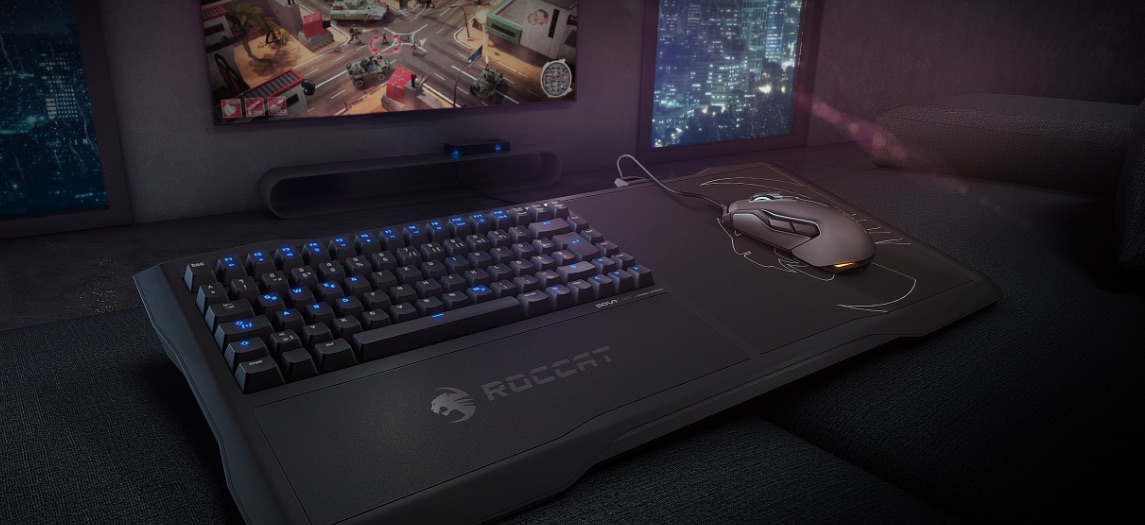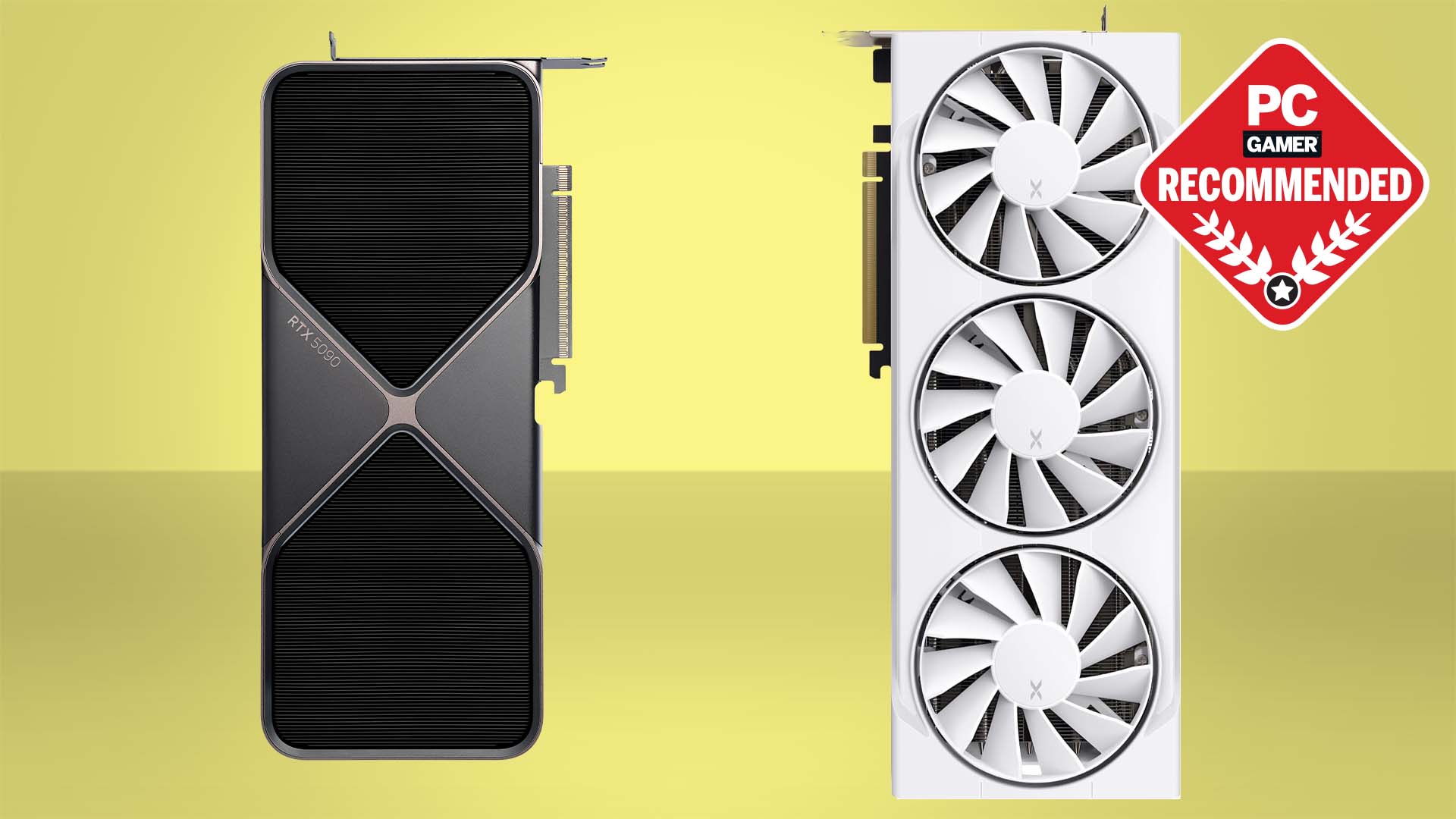The best lapboard
Buying Guides
By
Tom Marks
published
Couch gaming and the living room PC are on the rise, but you don’t have to settle for a controller.

The biggest gaming news, reviews and hardware deals
Keep up to date with the most important stories and the best deals, as picked by the PC Gamer team.
Tom is PC Gamer’s Associate Editor. He enjoys platformers, puzzles and puzzle-platformers. He also enjoys talking about PC games, which he now no longer does alone. Tune in every Wednesday at 1pm Pacific on Twitch.tv/pcgamer to see Tom host The PC Gamer Show.


